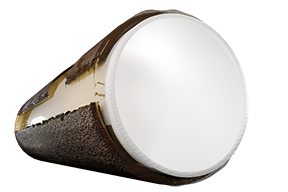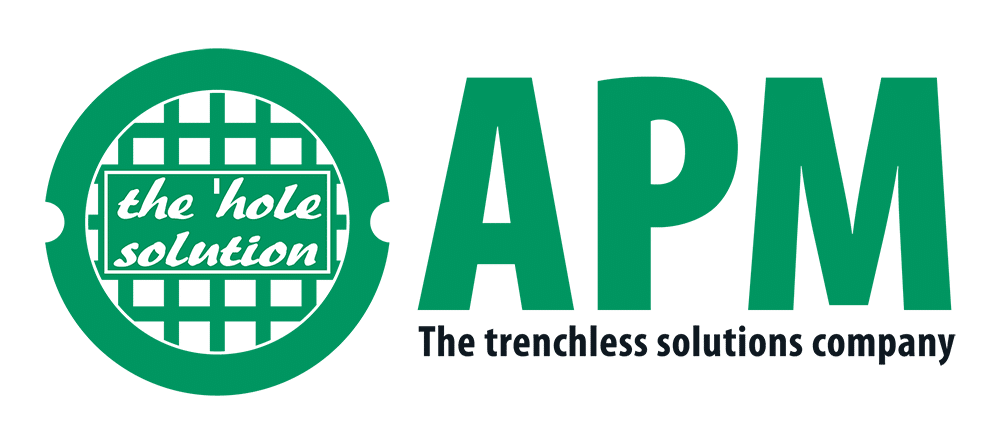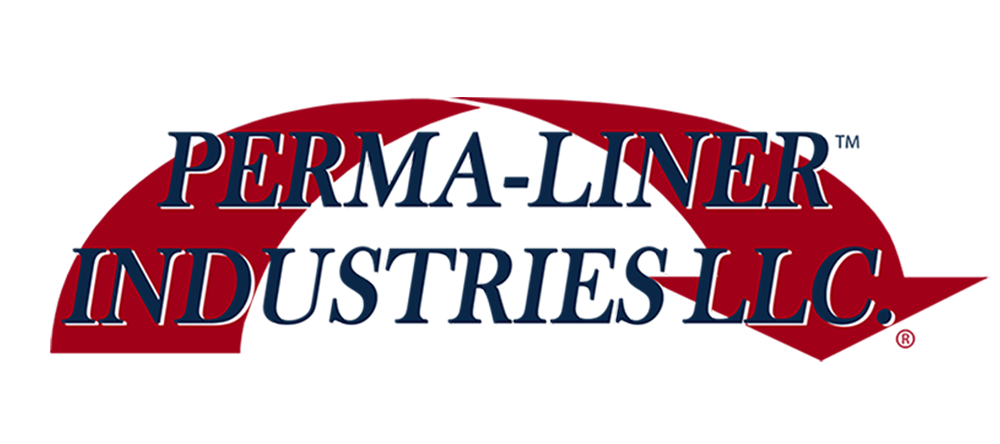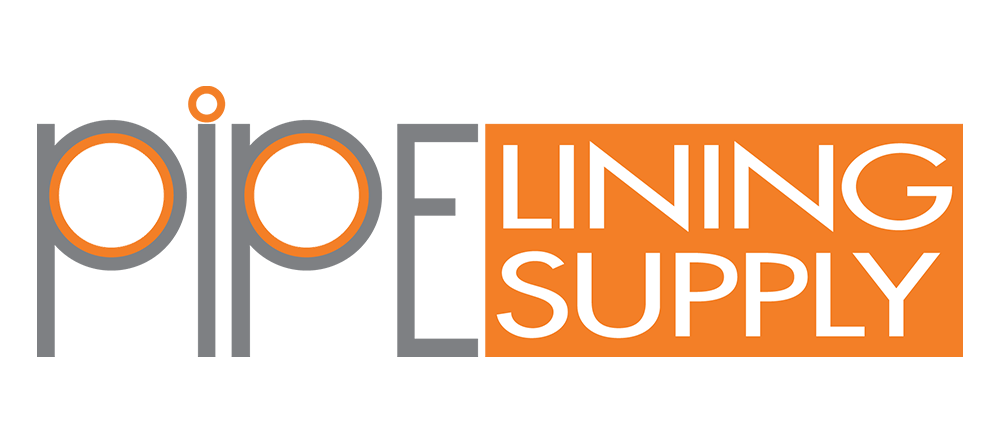Trenchless pipe lining, also known as cured-in-place pipe (CIPP) lining, is a method used to repair existing pipelines without the need for extensive digging or excavation.
Here’s how the process typically works:
- Assessment: First, the pipeline is inspected using cameras and other equipment to determine the extent of damage and the suitability for lining.
- Cleaning: The pipeline is cleaned thoroughly to remove any debris, scale, or buildup that could affect the lining process.
- Lining: A flexible liner, typically made of resin-saturated felt or fiberglass, is inserted into the pipeline. The liner is inflated and cured in place using heat or ultraviolet light, which causes it to harden and adhere to the inside of the existing pipe, creating a new, seamless pipe within the old one.
- Post Inspection: After the lining has cured, the pipeline is inspected again to ensure that the repair was successful and the new lining is intact.
Trenchless pipe lining is often used to repair damaged or deteriorating sewer lines, stormwater drains, and other types of pipelines. It is a cost-effective and less disruptive alternative to traditional dig-and-replace methods, as it requires minimal excavation and can usually be completed more quickly.

If you’re looking for a contractor who provides trenchless pipe lining services or what to have a better understanding of what trenchless pipe lining is, please call us at 866-336-2568 or email info@perma-liner.com








